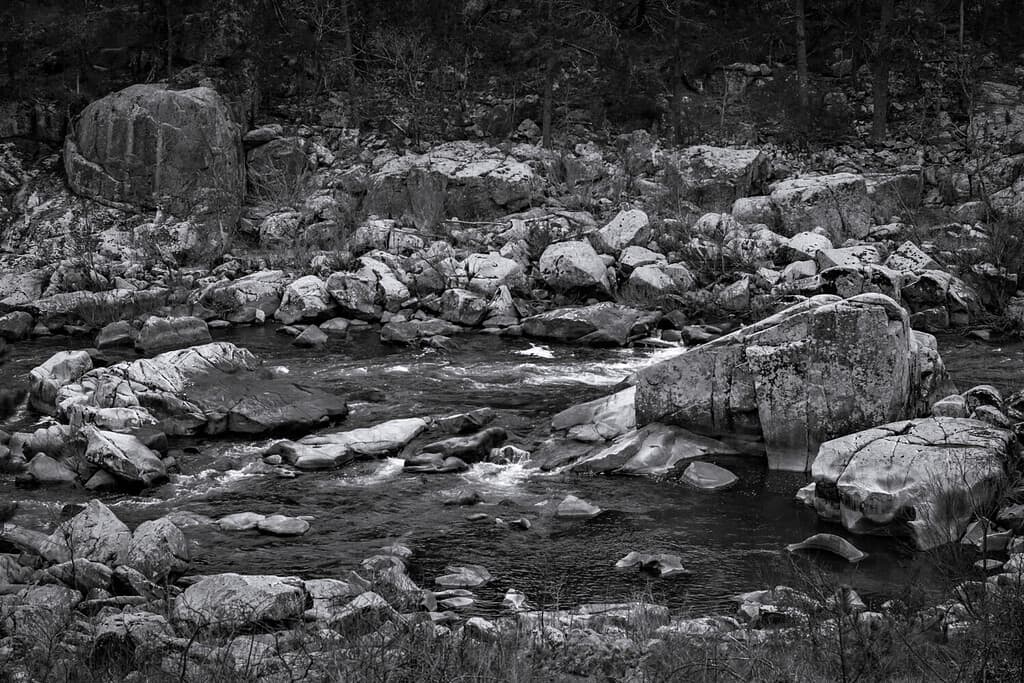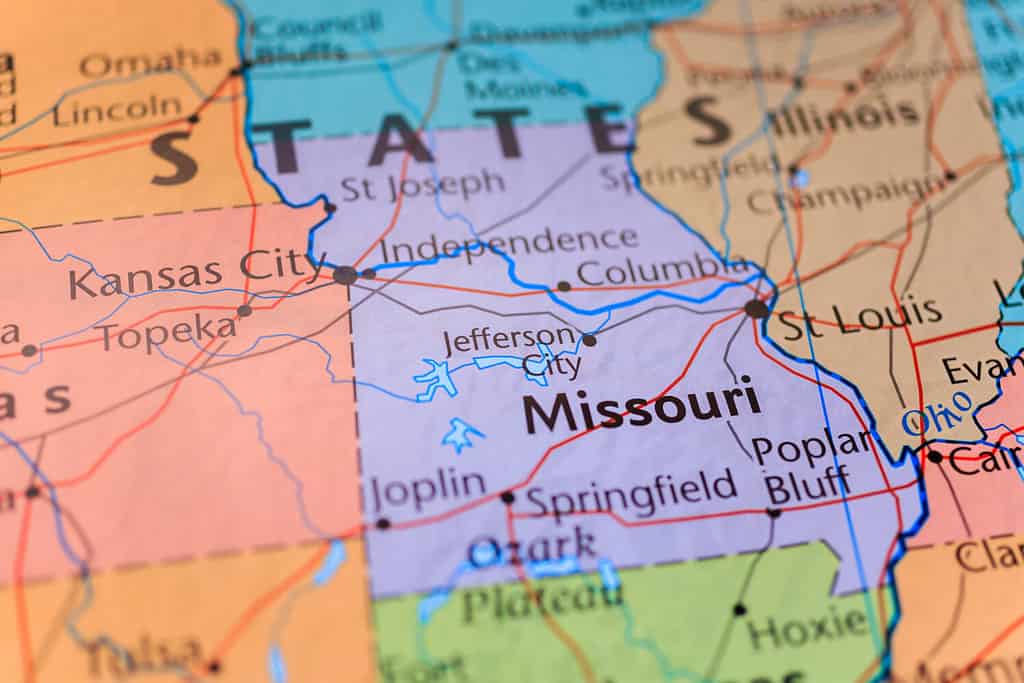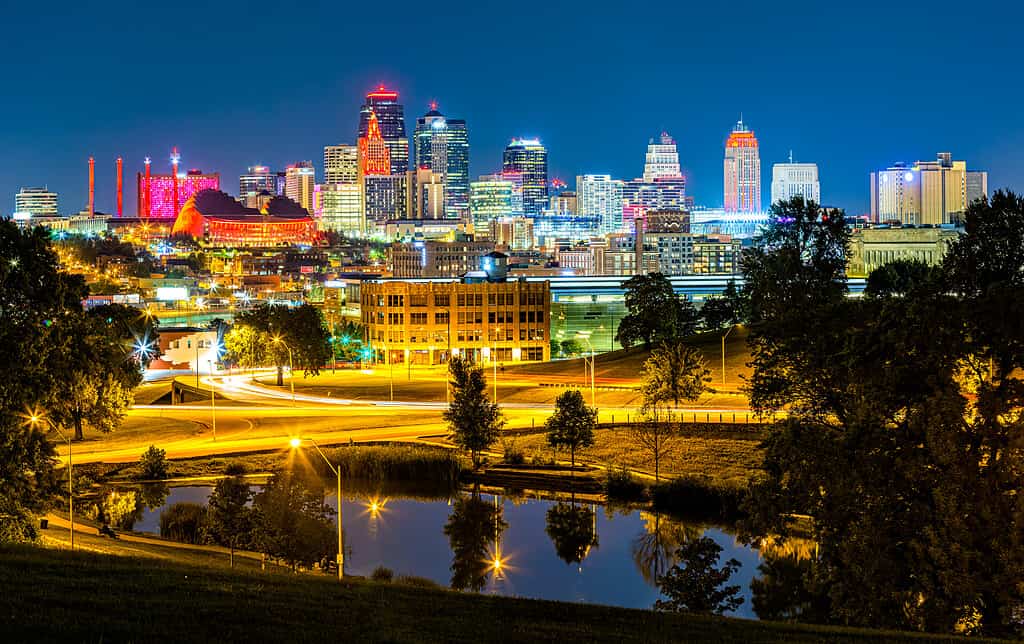Missouri, also known as the “Show-Me State,” is a land of incredibly geographical diversity and historical significance. It also lies in the heart of the United States and is an important part of the country’s center. Missouri consists of a unique blend of landscapes, culture, and history.
When Did Missouri Officially Join the US?
The admission of Missouri as the 24th state in the United States was a pivotal moment in the country’s history. This is because it was marked by both political controversy and territorial expansion. The events leading up to Missouri’s statehood, including the Missouri Compromise of 1820, played a significant role in shaping the nation’s stance on slavery.
Background Leading to Missouri’s Admission
To understand the context of Missouri’s admission, we must first look back to the early 19th century when the United States was rapidly expanding westward. The Louisiana Purchase of 1803 had just doubled the size of the nation. Thus, new territories were coming out from this new land.
The Issue of Slavery
As territories organized and new states joined the United States, there was still the question of slavery that loomed nationally. At this time, the nation was sharply divided along sectional lines, with the northern states increasingly opposing the expansion of slavery into new territories.

Missouri has a lot of history, especially related to the Missouri Compromise of 1820.
©Joseph Sohm/Shutterstock.com
The Missouri Compromise of 1820
The Missouri Compromise was a pivotal piece of legislation that sought to address the issue of slavery in the context of Missouri’s admission as a state.
Missouri initially sought admission to the Union as a slave state. However, the Northern states resisted this because they opposed the expansion of slavery. At that time, there was an equal number of slave and free states in the Union, and the admission of Missouri as a slave state would have threatened this delicate balance.
To maintain this balance, Maine, which was then part of Massachusetts, was admitted to the Union as a free state in 1820. This effectively countered Missouri’s admission as a slave state. Thus, it preserved the equilibrium between slave and free states in the Union.
One of the most notable aspects of the Missouri Compromise was the establishment of a line. This was the 36°30′ parallel that would delineate where slavery could exist in future territories. This meant that south of this line, slavery would exist, while north of it, it wouldn’t.
However, the Missouri Compromise was only a temporary solution to the issue of slavery expansion. This is because the situation was very delicate and further compromises and negotiations would happen as new territories joined in.

The St. Francis River cascades over boulders and through the shut-ins at Millstream Gardens Conservation Area in southeast Missouri.
©Kyle Spradley Photography/Shutterstock.com
The Significance of Missouri’s Admission
Missouri’s admission as a state and the accompanying Missouri Compromise legislation were significant for several reasons.
By admitting Missouri as a slave state and simultaneously bringing in Maine as a free state, the compromise temporarily preserved the balance of power between slave and free states in the Senate. This was essential to prevent either side from gaining a significant advantage in legislative matters related to slavery.
The Missouri Compromise also highlighted the deep-seated tensions between the North and the South over the issue of slavery. Unfortunately these tensions would continue to simmer and ultimately erupt during the Civil War several decades later.
The admission of Missouri also demonstrated the impact of the ongoing westward expansion of the United States. As the nation expanded, the question of whether newly acquired territories would allow slavery became an increasingly contentious issue.
Therefore, the Missouri Compromise set a precedent for using legislative compromises to address disputes. It showed that the nation could, at times, find middle ground on highly divisive issues, even if temporarily.
Which States Border Missouri?

Missouri has several neighboring states including Iowa, Arkansas, Kansas, Illinois and Tennessee.
©Alexander Lukatskiy/Shutterstock.com
Missouri’s unique geographical location in the American Midwest places it in close proximity to a diverse range of states. These neighboring states have played a significant role in Missouri’s history, culture, and economic interactions.
Iowa
To the north of Missouri, Iowa shares a significant portion of its northern border with the state. The Mississippi River forms a natural boundary between the two states. Iowa is famous for its fertile farmland, rolling hills, and the Mississippi River Valley. The region along the border has several picturesque river towns and scenic bluffs. Both Missouri and Iowa have historically connected by trade along the Mississippi River.
Illinois
Missouri shares its eastern border with Illinois, and thus, the Mississippi River once again serves as a natural dividing line. The two states have a rich history, particularly shared during the westward expansion and the American Civil War. Cities like St. Louis in Missouri and East St. Louis in Illinois are part of the same metropolitan area and share economic ties.
Kentucky
To the southeast, Missouri shares its border with Kentucky, separated by the Mississippi River along its southeastern edge. The confluence of the Mississippi and Ohio Rivers in this region has historical significance and has played a crucial role in transportation and trade. Kentucky is famous for its horse racing, bourbon production, and historical sites.
Tennessee
The southwestern border of the state is with Tennessee, and once again, the Mississippi River creates the boundary. This region is part of the Mississippi Delta, characterised by fertile soil and a unique cultural heritage. Tennessee is famous for its music, including country, blues, and rock ‘n’ roll, and the city of Memphis, with its vibrant music scene, is located just across the river.
Arkansas
To the south of Missouri, the state of Arkansas has a diverse landscape that transitions from the Ozark Mountains in the north to the fertile lowlands of the Mississippi Delta in the south. The Mississippi River again separates the two states, and this region has a shared history tied to agriculture and river trade.
Oklahoma
Missouri’s southwestern border is with Oklahoma, and this region marks the transition from the Midwest to the Great Plains. Oklahoma is famous for its Native American heritage, cowboy culture, and vast open spaces. The shared border also has historical significance, especially because of Native American removals from the state like the Trail of Tears.
Kansas
The state shares its western border with Kansas, and this region played a significant role in American history, particularly during the westward expansion and the American Civil War. The Kansas-Missouri border was a hotspot of conflict during the “Bleeding Kansas” era, as tensions over slavery flared.
Nebraska
The state shares its northwest border with Nebraska. Nebraska is famous for its agriculture, open landscapes, and the Sandhills region.
Is Missouri a Good Place to Live?

A nighttime view of Kansas City, the largest city in Missouri and one of the best urban places to live in the state.
©Ultima_Gaina/iStock via Getty Images
Missouri offers a unique living experience with a mix of urban and rural environments. Whether the bustling cities or the serene countryside, the state has something to offer everyone.
Cost of Living
Missouri boasts a relatively low cost of living compared to many other states. Housing costs, in particular, are affordable in cities like St. Louis and Kansas City. This affordability allows residents to enjoy a comfortable lifestyle without breaking the bank.
Education
The state is home to several renowned universities and educational institutions, including the University of Missouri and Washington University in St. Louis. The educational opportunities include a strong K-12 public school system.
Job Opportunities
Missouri has a diverse economy with opportunities in industries such as healthcare, manufacturing, agriculture, and technology. The state’s central location and transportation infrastructure make it an attractive place for businesses.
Natural Beauty
Missouri’s landscapes are incredibly diverse, including the rolling Ozark hills, expansive farmland, and the majestic Mississippi River. People can enjoy hiking, fishing, and camping in the state’s numerous parks and recreational areas.
Culture and Entertainment
From live music venues and theaters to sports events and museums, Missouri also has a vibrant cultural scene. The state is also famous for its contributions to jazz and blues music, and cities like St. Louis and Kansas City have thriving arts and entertainment districts.
Family-Friendly
Missouri is often considered a family-friendly state. Safe communities, good schools, and a variety of recreational activities make it an appealing place to raise children.
What Is the Climate in Missouri?
Missouri experiences a diverse climate with distinct seasonal variations.
Summers in Missouri are typically warm and humid, with temperatures often exceeding 90°F (32°C) in July and August. High humidity levels can make the heat feel more intense. Thunderstorms are common during the summer months, sometimes bringing heavy rainfall.
Winters in Missouri are relatively mild compared to some northern states, but they can still be chilly. Average winter temperatures range from 20°F to 40°F (-6°C to 4°C). Snowfall is variable, with more significant accumulations in the northern and western parts of the state.
Spring and fall in Missouri are often considered the most pleasant seasons. The spring brings mild temperatures and blooming landscapes, while fall offers crisp air and vibrant foliage. These transitional seasons are ideal for outdoor activities and exploring the state’s natural beauty.
Tornadoes
Missouri is also part of “Tornado Alley,” a region in the central United States known for its tornado activity. Tornadoes can occur frequently in the state, primarily in the spring and early summer. Residents should stay informed about weather conditions and have a plan in place.
What Is Missouri Most Known For?
Missouri has a rich history and is renowned for several distinctive features and architectural wonders.
Gateway Arch

The Gateway Arch in St. Louis, Missouri featured during the downtown cityscape on the river at dusk.
©Sean Pavone/Shutterstock.com
The Gateway Arch in St. Louis is one of Missouri’s most iconic landmarks. Standing at 630 feet, it symbolizes the westward expansion of the United States and is a must-visit attraction.
Jazz and Blues
Missouri played a significant role in the development of jazz and blues music. Legendary musicians like Miles Davis, Charlie Parker, and B.B. King have roots in the state.
Mark Twain
Missouri is the birthplace of Samuel Langhorne Clemens, better known by his pseudonym Mark Twain. His literary works, including “The Adventures of Tom Sawyer” and “Adventures of Huckleberry Finn,” are considered classics of American literature.
Barbecue
The state is also known for its distinctive barbecue culture. Both Kansas City and St. Louis have their own styles of barbecue, with flavors and techniques that have gained national recognition.
Education and Research
The state is also home to many leading educational and research institutions, which contribute to advancements in fields such as medicine, agriculture, and technology.
Thank you for reading! Have some feedback for us? Contact the AZ Animals editorial team.








